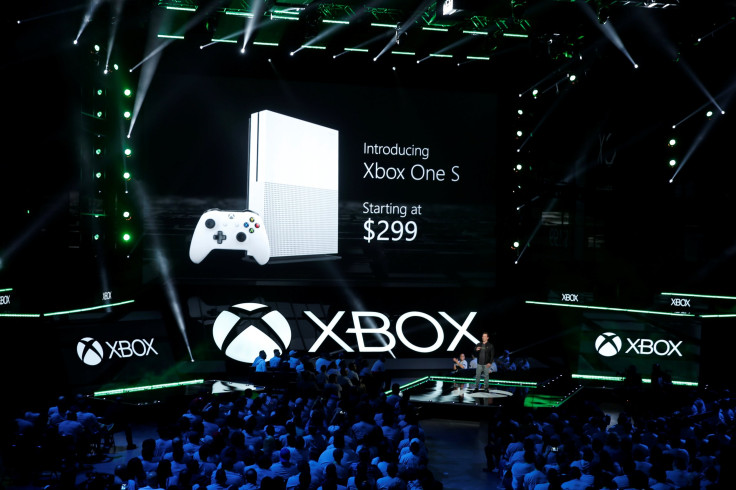Microsoft may completely cancel Xbox TV development and release

Microsoft has been trying to develop the Xbox TV for three years now. The device was expected to be announced by the tech giant early this year, but it seems that Microsoft may have completely scrapped its Xbox TV plans.
Fans expected Microsoft to launch at least one Xbox streaming device during the first half of this year. The Redmond-based company instead unveiled the Xbox One S console at the E3 conference back in June. It also disclosed Project Scorpio developments during the said event but no Xbox TV plans were mentioned.
According to Windows Central, Microsoft has pulled the plug on the Xbox TV streaming stick. The cancelled launch resulted in the pull out of 300,000 ordered units. The streaming device, which had a “Project Hobart” codename, was supposed to retail at US$99 (AU$128).
What led Microsoft to halt the Xbox TV launch is still unknown. The company also has a history of cancelling devices at the last second, so this is no surprise. According to The Verge, Microsoft Chief Executive Officer Satya Nadella shelved the Surface Mini a few weeks before it was set to launch at a conference in New York. The Windows-maker ultimately announced the Surface Pro 3 instead and provided no details regarding the Surface Mini.
During the Surface Studio event in October, Microsoft also reportedly intended to announce its own version of an Alexa device. According to Windows Central, Microsoft was supposed to introduce an Amazon Echo challenger that featured Cortana. The company may have pulled the plug on the device as well since it still hasn’t seen the light of day. Microsoft also stopped the production of its wrist-worn fitness accessory called Band just recently.
The Xbox TV was supposed to be like a Chromecast dongle that would have allowed Xbox One users to stream games wirelessly to another TV. It also would have supposedly allowed viewing of streamed entertainment services.






